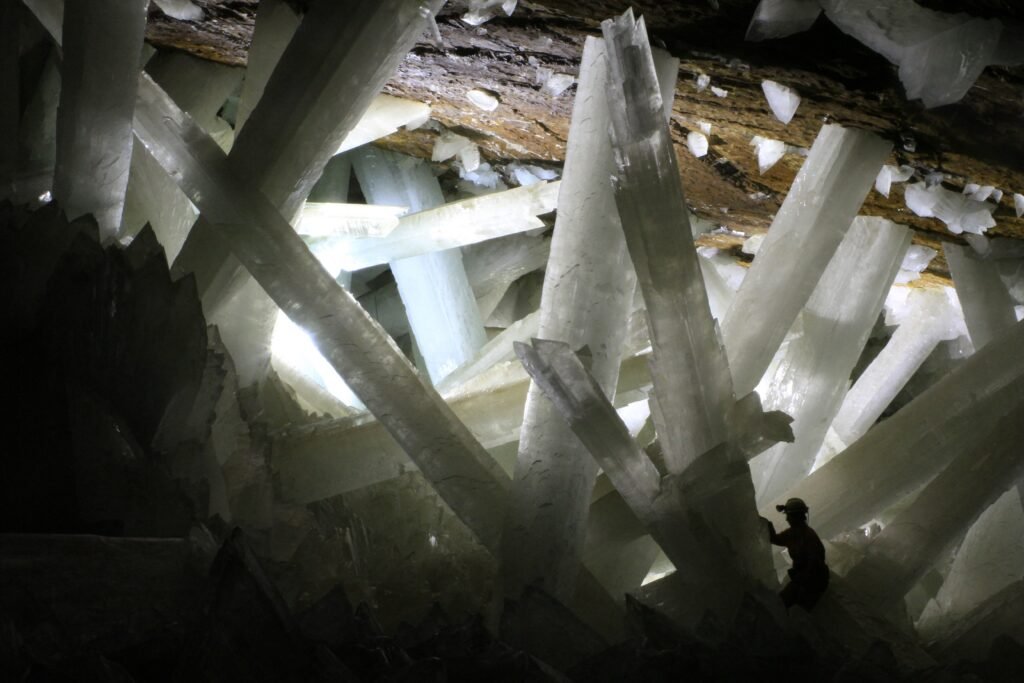Imagine stepping into a world where the very walls around you seem like they belong in a fantasy novel. A place where crystals, some as big as trees, stretch across a cavernous expanse. This isn’t a scene from a movie but a real location deep beneath the surface of the Earth. Welcome to the Crystal Caves of Naica, a mesmerizing wonder found in Mexico. It’s a place where science and nature have collaborated to create one of the most breathtaking natural phenomena known to humankind. In this article, we will journey through these caves, uncovering their secrets and marveling at their grandeur.
The Discovery of a Lifetime
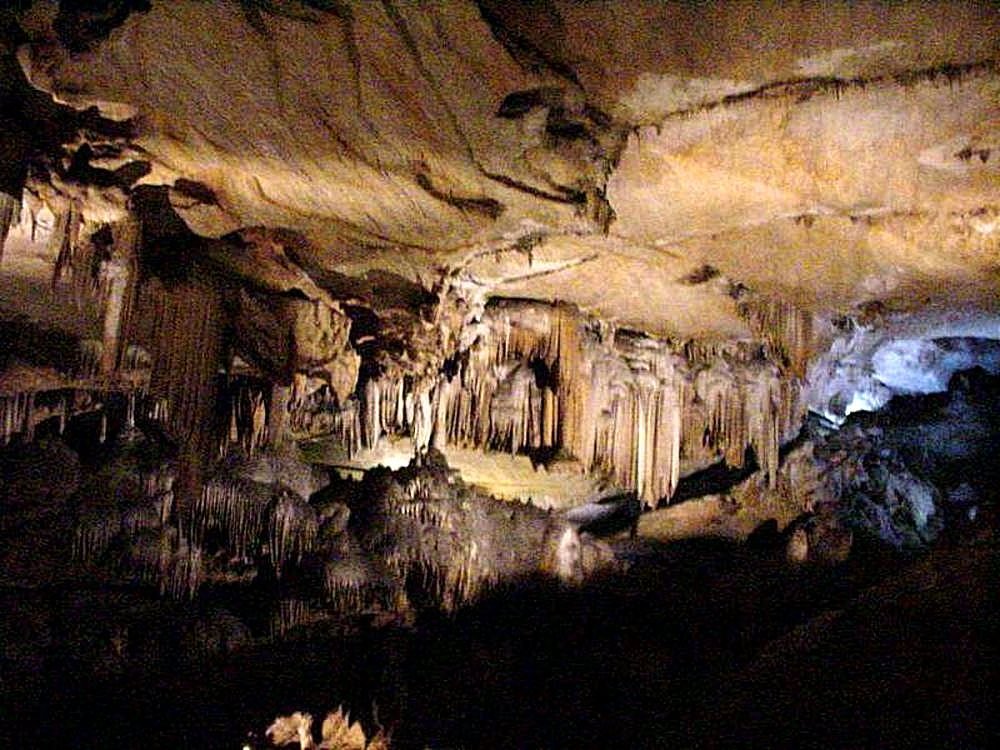
The Crystal Caves of Naica were discovered quite by accident. In 2000, two miners working in the Naica mine in Chihuahua, Mexico, stumbled upon this hidden gem while drilling. Little did they know that they had unveiled one of the most astonishing natural wonders on Earth. The caves were filled with gigantic selenite crystals, some of which measured over 30 feet in length. This discovery was like finding a treasure chest of nature’s artistry, hidden away for millennia. The miners’ unexpected find quickly captured the attention of geologists and scientists worldwide, eager to explore this newfound marvel.
The Science Behind the Splendor
The formation of these gigantic crystals is a testament to the incredible forces of nature. The caves lie above an underground magma chamber, which heats the groundwater to a steamy 136 degrees Fahrenheit. Over thousands of years, this hot, mineral-rich water seeped into the caves, allowing the crystals to grow slowly and steadily. The unique combination of heat, minerals, and time created the perfect conditions for these selenite crystals to form. Scientists believe that the crystals grew at a snail’s pace, adding just a tiny fraction of an inch each year, resulting in their massive size today.
A Glimpse into the Past
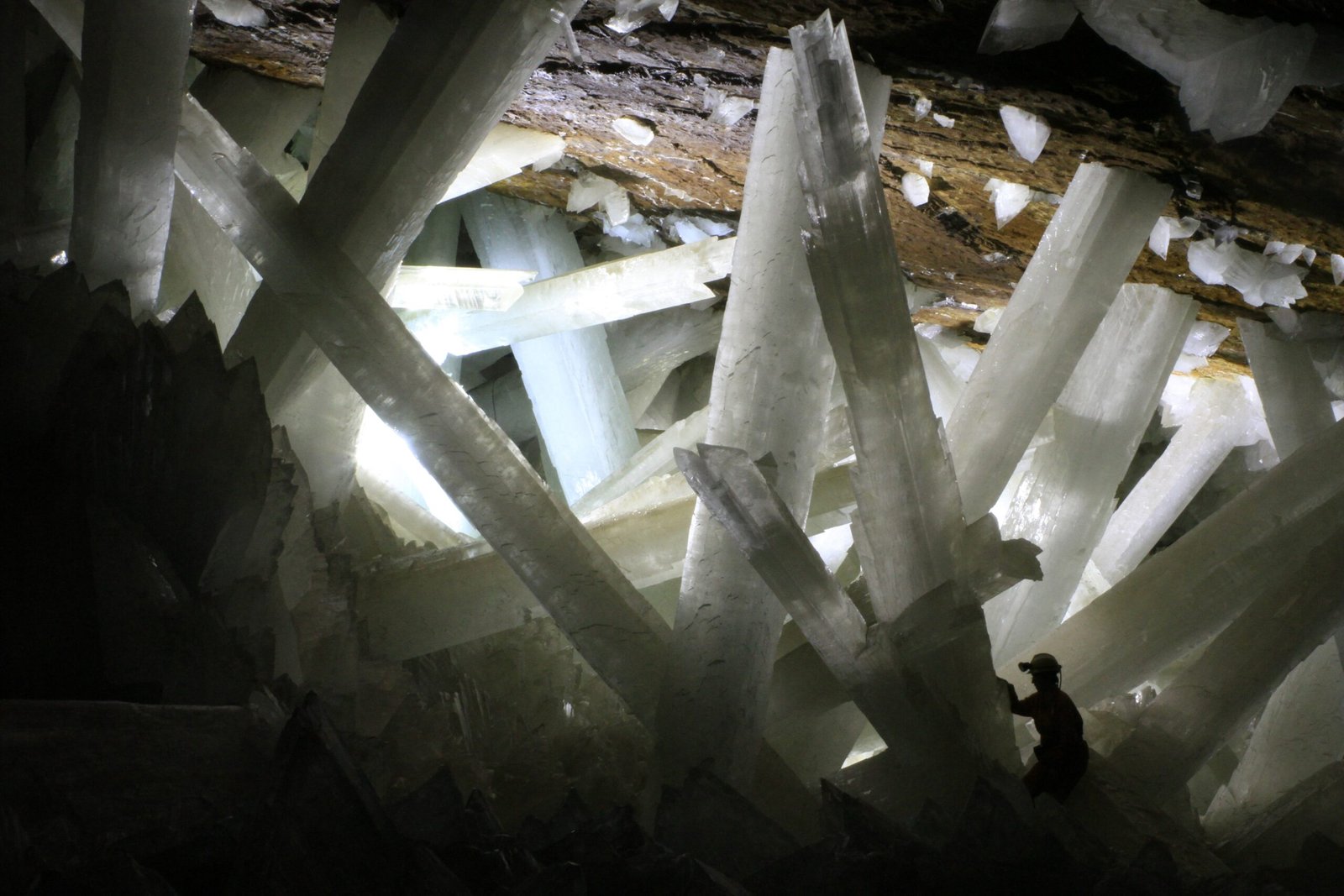
Exploring the Crystal Caves of Naica is like stepping back in time. The crystals have been growing for over half a million years, offering a glimpse into Earth’s distant past. This natural time capsule allows scientists to study the conditions that existed long before humans walked the Earth. By analyzing the crystals, researchers can uncover valuable information about the planet’s geological history and even gain insights into the climate changes that have occurred over the millennia. The caves serve as a window into a world that existed long before our own.
The Challenges of Exploration
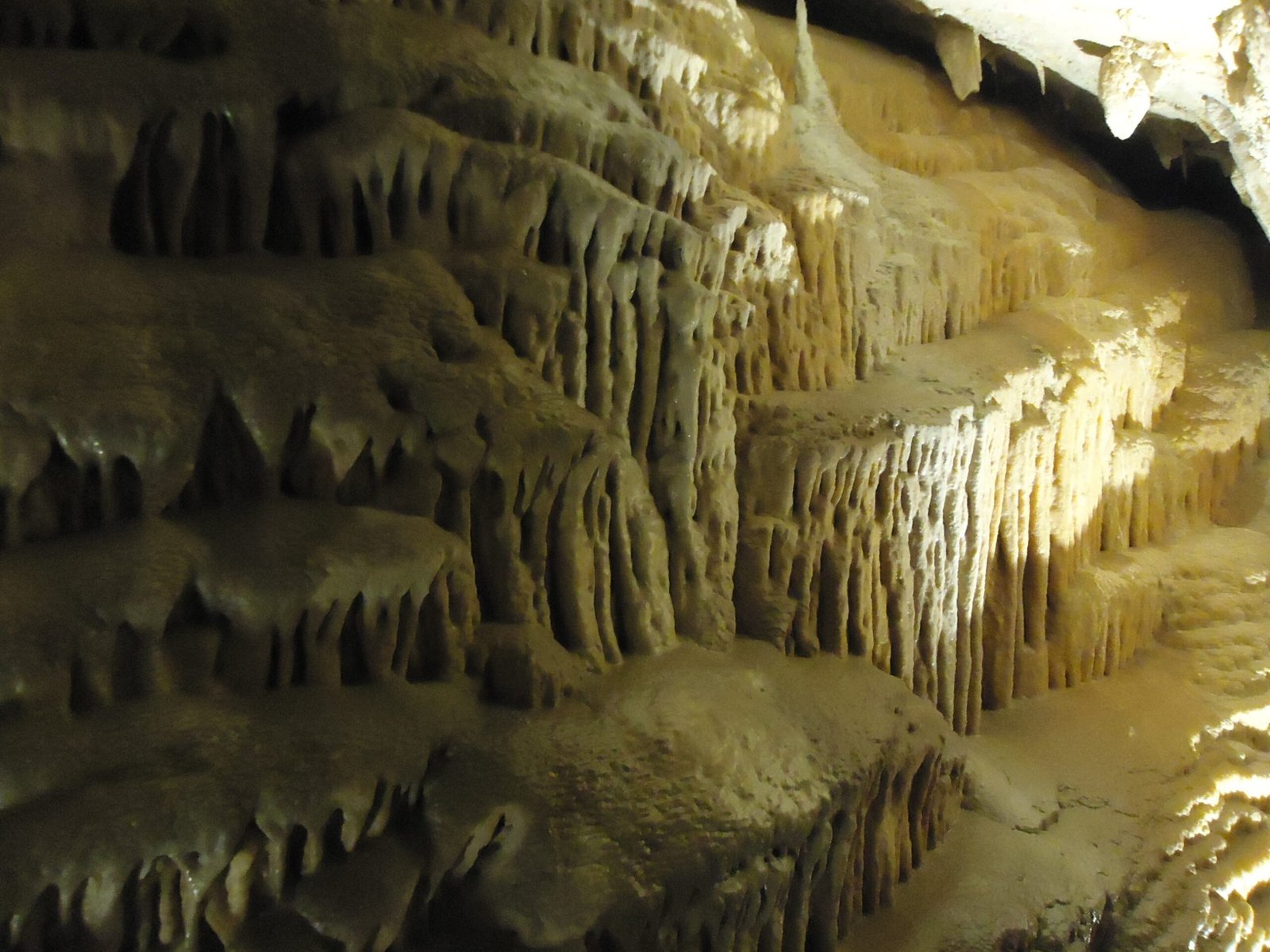
Visiting the Crystal Caves is no easy feat. The extreme temperatures and high humidity levels make it a challenging environment for explorers. The air inside the caves is so thick with moisture that it can feel like walking through a sauna. To protect themselves from the intense heat, scientists and explorers must wear special suits and carry cooling equipment. Despite these challenges, the allure of the caves’ beauty and scientific significance continues to draw researchers and adventurers from around the globe. Their determination to explore this otherworldly realm speaks to the human spirit of curiosity and discovery.
The Fragile Beauty of Selenite
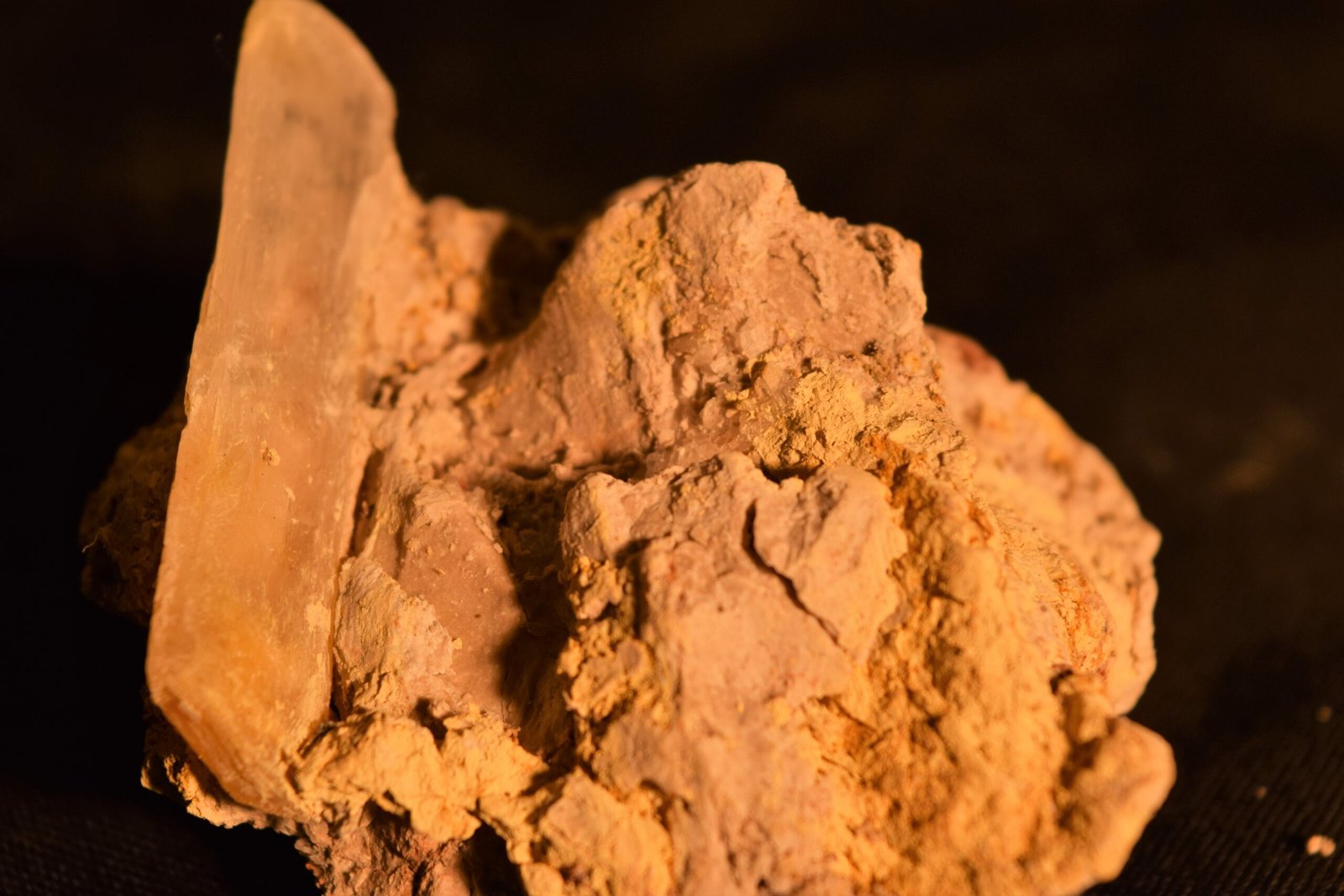
The selenite crystals found in Naica are not only massive but also incredibly delicate. Despite their size, they can be easily damaged by human touch or changes in the environment. This fragility adds an element of vulnerability to their majesty. Preserving the integrity of these crystals is of utmost importance, as they are a finite resource that cannot be replaced once damaged. Scientists and conservationists work tirelessly to ensure that future generations can continue to marvel at this natural wonder without compromising its beauty.
A Global Scientific Treasure
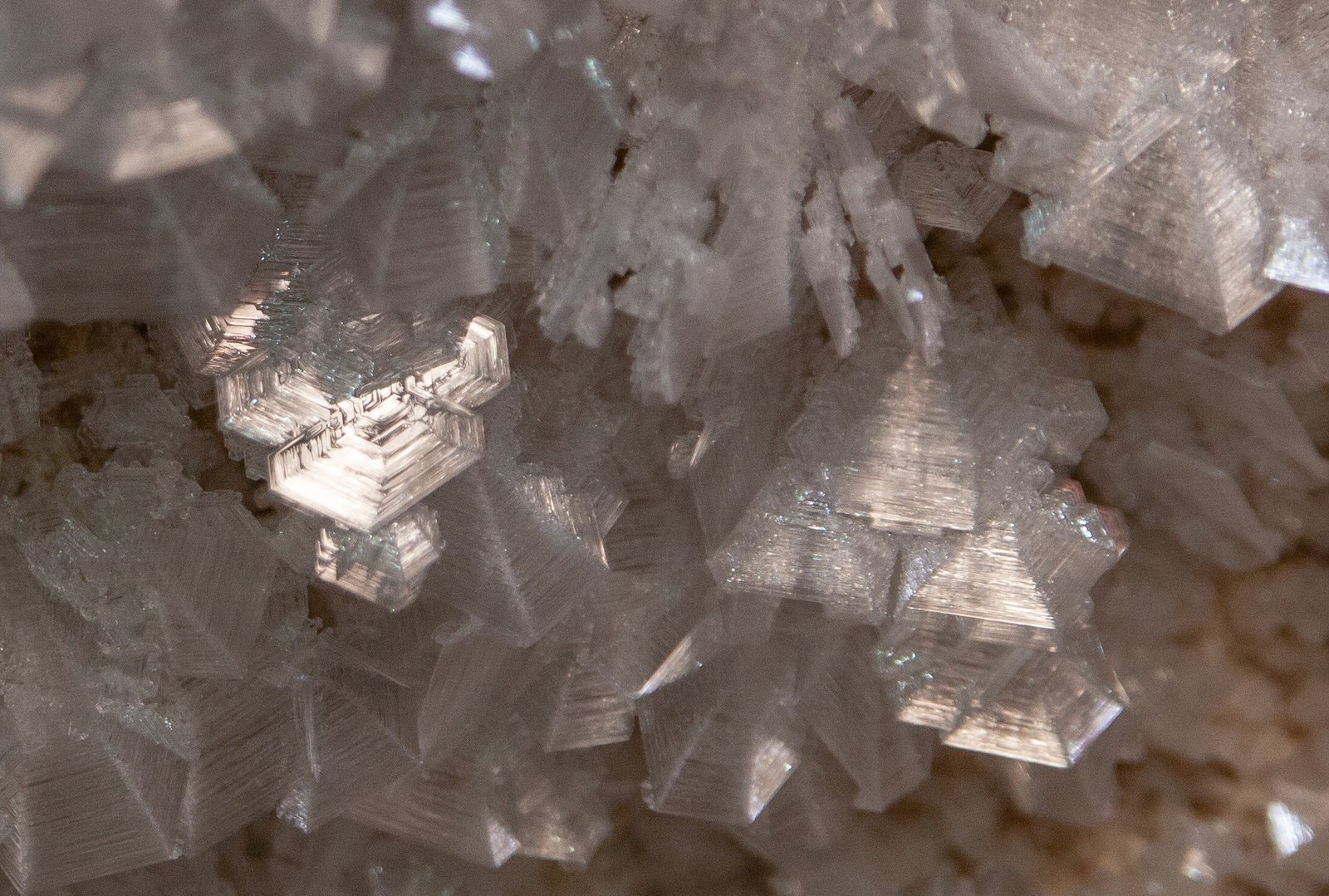
The Crystal Caves of Naica have become a focal point for scientific research and study. Scientists from various fields, including geology, mineralogy, and climatology, have descended upon the caves to unlock their secrets. Their research has yielded valuable insights into crystal growth, mineral formation, and the history of our planet. The caves serve as a living laboratory, offering a unique opportunity to study natural processes that are otherwise hidden from view. The knowledge gained from studying these crystals not only enriches our understanding of the Earth but also inspires future generations of scientists and explorers.
The Enchantment of Light
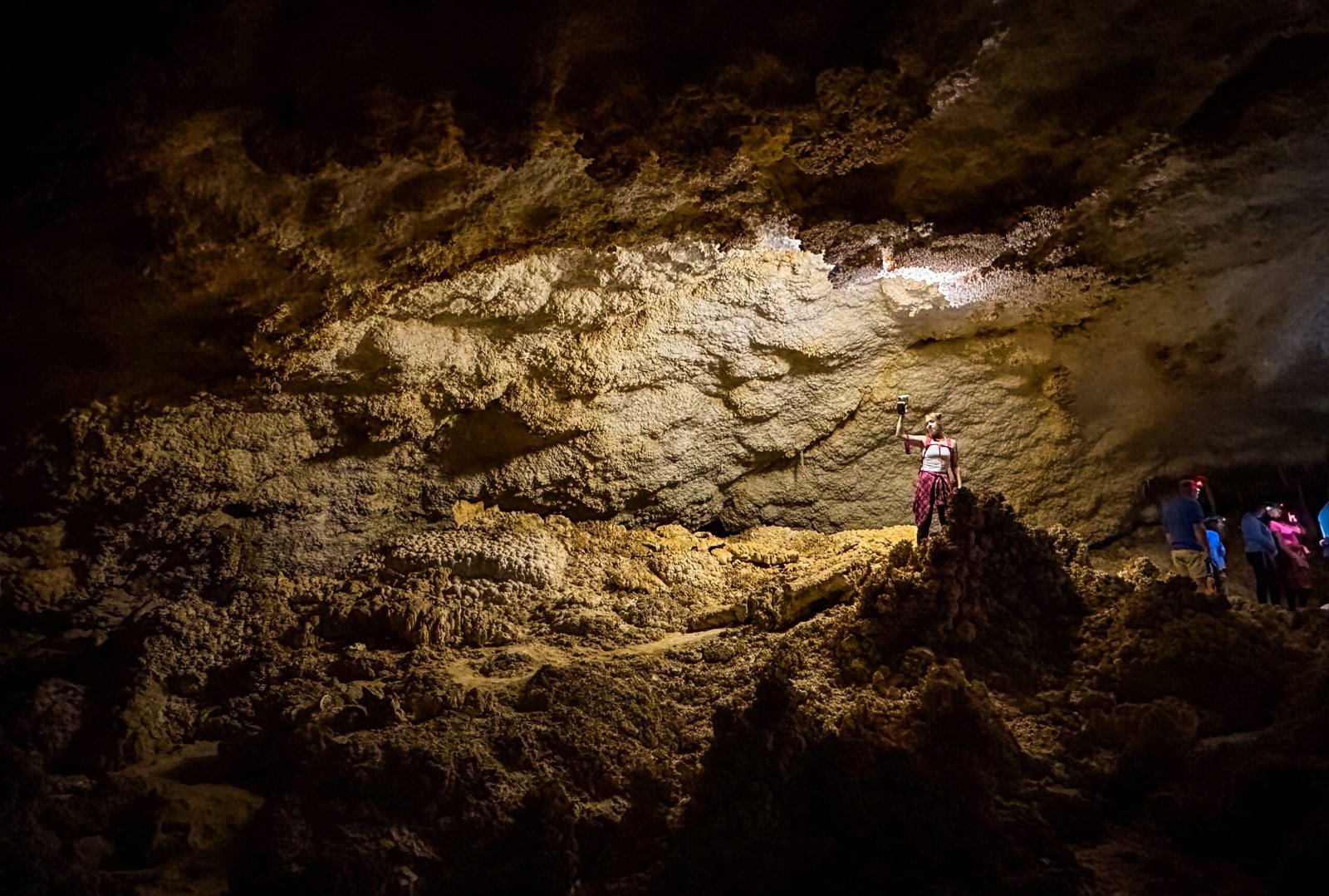
When light enters the Crystal Caves, it transforms the space into a magical realm. The selenite crystals, known for their transparency and reflective properties, create a dazzling display of light and color. As the light dances across the surfaces of the crystals, it creates a kaleidoscope of shimmering patterns that captivate the eye. This interplay of light and crystal is a testament to the beauty and complexity of nature. Visitors to the caves are often left awestruck by the sheer magnificence of this natural light show, a reminder of the wonders that exist beneath the Earth’s surface.
A Call to Protect
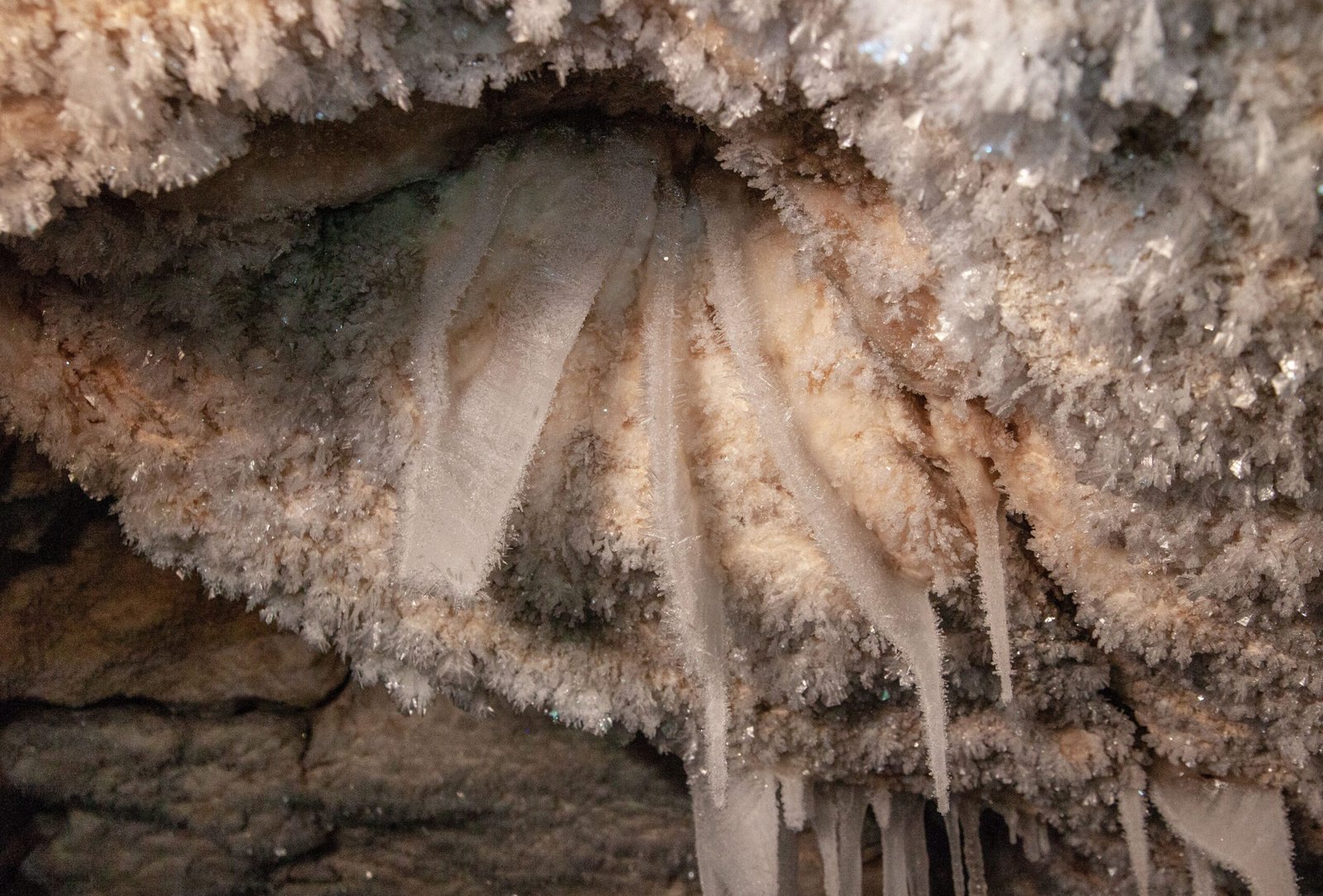
The Crystal Caves of Naica are a reminder of the delicate balance between nature’s grandeur and human impact. As more people learn about these caves, the responsibility to protect them becomes increasingly important. The caves are a non-renewable resource, and their preservation requires careful management and conservation efforts. Scientists and conservationists work hand in hand to ensure that this natural wonder remains intact for future generations to admire and study. Protecting the caves is not just about preserving a geological marvel; it’s about safeguarding a piece of Earth’s history and the lessons it holds.
The Future of the Crystal Caves
The future of the Crystal Caves of Naica is uncertain. The caves are currently flooded with water, a natural process that has helped preserve the crystals for thousands of years. However, as mining operations continue in the area, there are concerns about the potential impact on the caves. Balancing the economic benefits of mining with the need to protect this natural wonder is a complex challenge. It is a reminder that the choices we make today will shape the future of our planet’s natural treasures. The Crystal Caves of Naica stand as a testament to the beauty and fragility of our world.
The Enduring Fascination
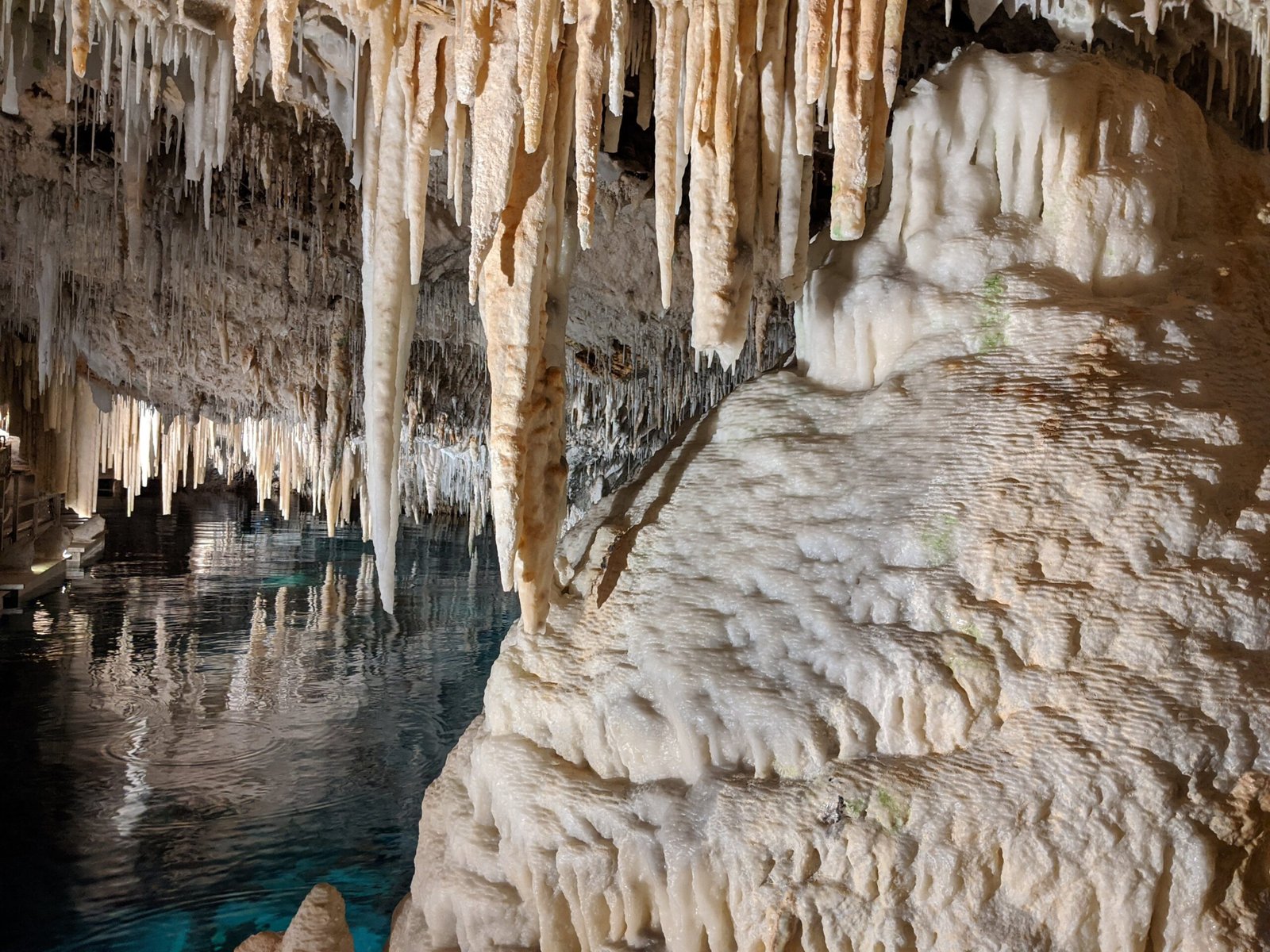
The Crystal Caves of Naica continue to captivate the imaginations of people around the world. Their sheer size and beauty leave a lasting impression on all who learn about them. These caves serve as a reminder of the incredible forces of nature and the wonders that lie hidden beneath the Earth’s surface. They inspire awe and curiosity, encouraging us to explore and protect the natural world. As we marvel at the Crystal Caves, we are reminded of the importance of preserving our planet’s unique and irreplaceable treasures. What other hidden wonders await discovery beneath the Earth’s surface?

